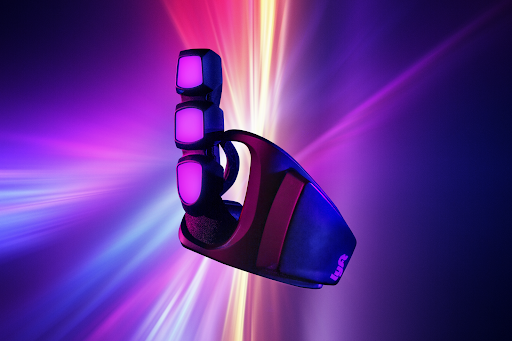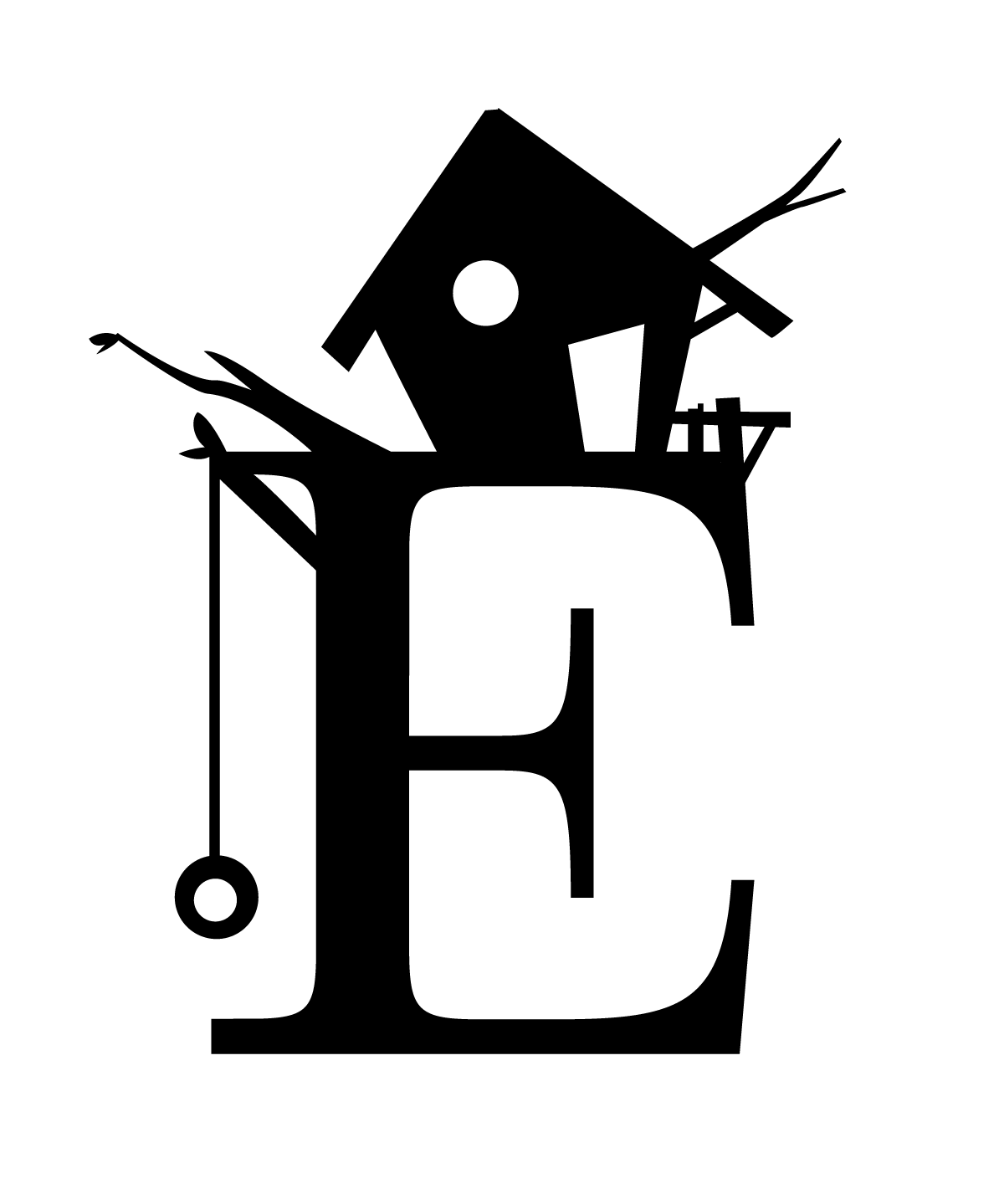
Hardware Development
Starting with the fuzzy pink mustache, at Lyft I led the product strategy, design, engineering, branding, distribution strategy and launch of each generation of Lyft’s in-vehicle hardware. These products were always a multi-year effort where I managed collaboration across agency partners (ID + Hardware Engineering), Offshore Manufacturers, and internal resources that spanned Hardware Engineers, Software Engineers, Global Supply Chain, Safety & Compliance, Marketing Creatives, and Product Marketers. I collaborate as easily with Marketers and Creatives as I do with Product Managers and Engineers.
-

The Carstache - 2012
It all began with a fuzzy pink mustache, aka “Carstache.” Little known fact, the Carstache was actually a novelty small business I started in 2009, before Lyft took over. Back in the day, you could buy Carstaches on my website and through retailers like Urban Outfitters.
-

The Glowstache - 2015
Realizing that the fuzzy Carstache wasn’t destined for the grit and grime of harsh Chicago winters, we created the next generation of Lyft’s iconic mustache, adding illumination for nighttime visibility. The Glowstache is actually enshrined in the Smithsonian Design Museum.
-

The Amp - 2018
In 2018 we released the Amp, a first-of-its-kind, connected, rideshare hardware device designed to help riders and drivers connect at pickups, improve the overall consumer experience, and illuminate the streets with Lyft’s ubiquitous brand presence.
-

The Glow - 2023
In 2023 Lyft slowly started releasing the Glow, a new connected device that doubles down on all of the benefits of the Amp, with added functionality designed through extensive research across Lyft’s Riders, Drivers, and the Business. In addition to offering brighter, more dynamic animations, the Glow contains a high powered GPS chip that outperforms iOS and Android phones. This translates to enhanced routing for Lyft’s Drivers, and smoother, more accurate pickups for Riders.
-

Bikes and Scooters
For over a year I lead Brand and Industrial Design for Lyft’s new Bikes and Scooters division when it was a tiny startup within the company, and as we hired a world class industrial design team. In this role I established Lyft’s brand positioning and strategy including the cosmetic design of our vehicles which entailed multiple trips to China to get our color and finish just right.
-

The "MONO" - Autonomous Ride Hailing Device
This was just silly. For April fools, back in 2017, we developed a wearable device called the “Mono” that allowed for “Autonomous Ride Hailing.” We went the distance and built about 20 of them that actually worked leveraging Lyft’s API.
